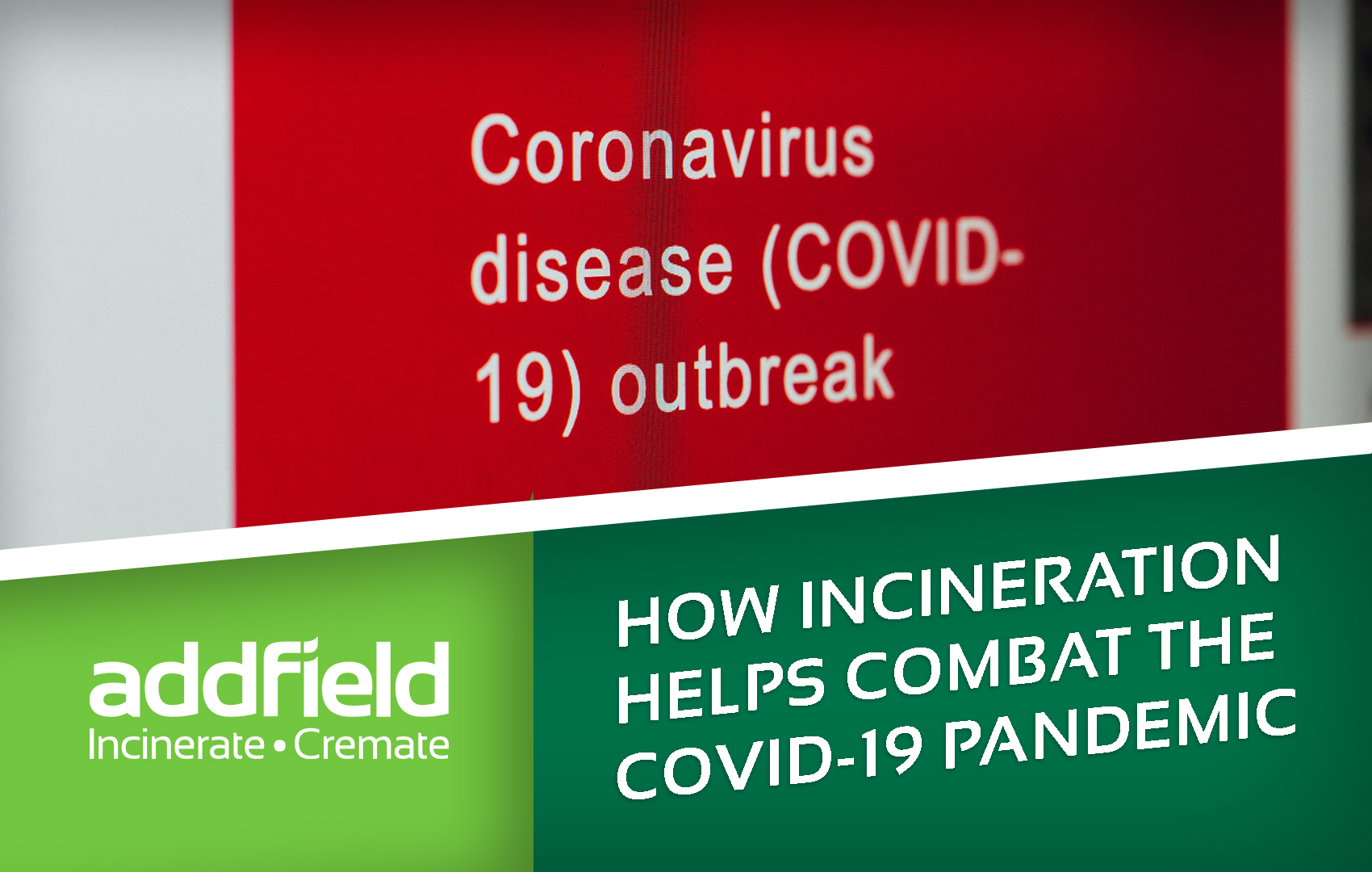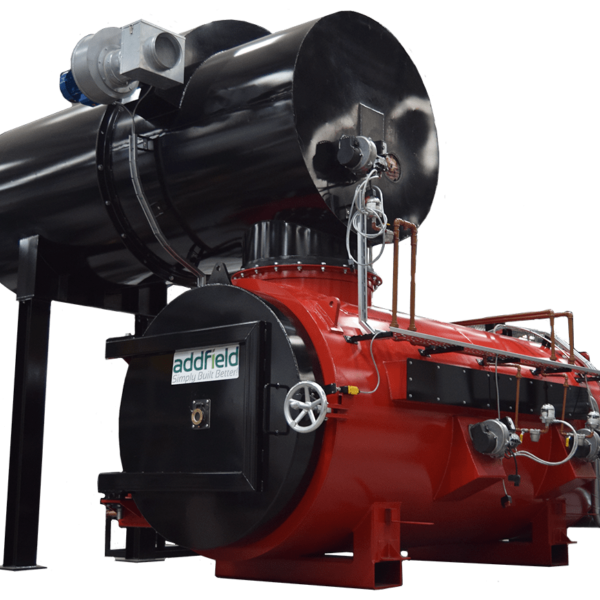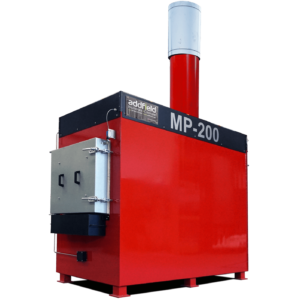
24/04/20
How incinerators can prevent a Pandemic?
2020 began with news of a new viral outbreak in China. Following this we were able to witness first-hand the speed in which a localised Endemic disease could become a global Pandemic. Taking only two weeks, between the first cases of Novel Coronavirus/Covid19 (2019-nCoV) being recorded in China to global infections.
The speed of infection has been phenomenal, but could this have been halted through more effective waste management?
Implementing biosecurity measures to dispose of infected waste through incineration could have drastically slowed the spread. This does not appear to have been the case in this instance, as contaminated clothing was seen discarded on the side of the Wuhan market after the first disinfection. Allowing the virus to continue being accessible to pass between humans and animals.
Coronavirus joins the ranks of diseases including Ebola, Zika and in recent years the return of Measles that threaten global biosecurity. We are left to consider what controls are in place to reduce the spread.
Medical Waste must be disposed of carefully to ensure risks of cross contamination are removed from the environment. The way hazardous waste is currently handled varies, often depending upon population density, infrastructure and economic stability of a region. Throughout most developed countries advanced medical incineration facilities are readily accessible and employed for such a purpose. Worryingly many developing countries and remote locations lack these basic facilities and are forced to dispose of their waste in insecure ways.
Medical incinerator manufacturer Addfield Environmental Systems has worked extensively with International Aid Agencies to replace the unsuitable approaches that have been employed in the past.
One method discovered was waste simply discarded on public ground. In several instances local livestock had been observed feeding around the infected waste increasing the dangers of the virus entering into the foodstream. In some regions this has even lead to a black market developing dealing in waste scavenged from dumped waste. Discarded syringes have been resold back into unsuspecting hospitals and plastics have been recycled into many different items including toys and even drinking straws.
Second to dumping has been open firepits being created to burn hazardous waste. The dangers here apart from the environmental pollution can also spread the disease through particulate waste that has not achieved sufficient temperatures to neutralise the infection. As the fires are left unchecked incomplete incineration occurs and organic waste can often be disbursed and left to decompose into the local environment.
Both approaches can actually spread the infection across the local environment creating more harm than good.
Appropriate incineration is essential.
Through the installation of specifically designed incinerators such as the popular MP200 manufactured by Addfield, the difference these can make is staggering. A modern medical incinerator contains two chambers. The primary chamber where the waste is loaded is heated to temperatures between 600°C – 700°C to destroy the waste, reducing it to approximately 3% of its initial mass. This can be safely disposed of alongside most waste management guidelines, any remaining glass or metals from syringes etc, is left sterilised and able to be recycled safely.
Following the primary chamber smoke and gasses enters the secondary chamber to be heated to 1100°C completely neutralising particulates, dioxins, furans, smoke and odours. Releasing only cleaned gases back into the environment. This advanced level of cleaning allows medical incinerators to be installed close to residential areas safely.
Continuing investment is essential to preventing Endemics from becoming Pandemics. Having resources that can be rapidly deployed to exactly where they are needed can drastically reduce the risks of the virus contaminating the surrounding environment, helping halt the virus in its tracks. Incineration is the only way of sustainably destroying waste and neutralising the virus at a molecular level.
This article was first published in the March/April 2020 edition of Circular, the Chartered Institution of Wastes Management magazine.
For more information on Circular please click here https://www.circularonline.co.uk/
For more information on the Chartered Institution of Wastes Management click here https://www.ciwm.co.uk/
To see the original published article please click here.
To learn more about the Addfield range of medical incinerators Click Here
Learn more about our highly popular MP200 Click Here
- British Designed.
British Built. - World leaders in
incineration technology. - Unrivalled build quality
& machine longevity. - Distributed to more
than 150 countries. - Environmentally
Responsible. - Trusted partner, over
40 years experience.






